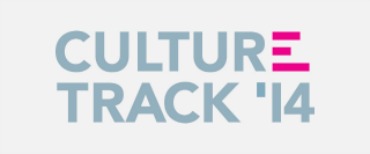Culture Track, conducted by the arts advertising/marketing firm LaPlaca Cohen, came out with its 2014 Culture Track the other day, the first since 2011. As usual, the survey — said to be the largest national tracking study of the attitudes, motives and behaviors of culturally active audiences in the U.S. — answered questions, raised some more, and included some puzzling responses about participation in the cultural sector.
 I picked out a few things for comment:
I picked out a few things for comment:
- The eldest and youngest — the pre-war and millennial generations — participate most frequently, which rings true since the first group has the most time and the second the fewest obligations, along with a need for activity. But a few comments: If, millennials consume culture largely to escape stress (as 73% do), why do cultural institutions keep offering them very active, participatory “experiences”? Much of this programming seems to be driving away the other most active group — the pre-war generation. 77% of them think that the programming has an unappealing topic that’s  not intended for them.
- Cell phones, and apps, are less an important means of communications with people than they are a means for cultural consumers to take photographs and tell people they were there. Only 15% use a cultural organization’s app — so let’s make sure the money spent developing apps is proportional to their use and worth it.
- Loyalty to both visual arts and performing arts groups is down: 15% have memberships and 10% have subscriptions, down from 26% and 23% respectively in 2011. That’s not a shock, unfortunately. More than anything else for museums, people are members because they like the museum — not because they want to skip the line or get discounts. That’s surprising — were respondents being truthful? It makes me wonder.
- While cost, logistics, the inability to find a companion to go with, and the lack of time keep people away more, 28% now say “inconvenient hours” are a problem, versus 20% in 2011 — need I say more? (I’ve already said it here many times.)
There’s much more in Culture Track. You can see it by clicking on the link in my first paragraph, above.
